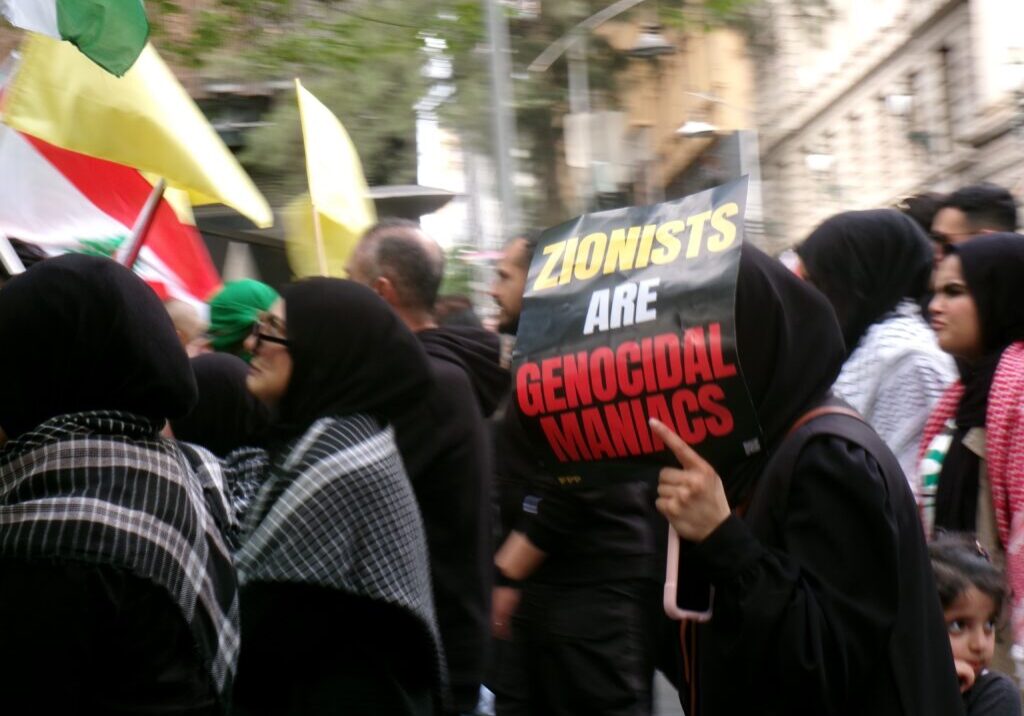Australia/Israel Review
The Last Word: Malice and analysis
Aug 1, 2011 | Jeremy Jones

Jeremy Jones
Malice and analysis
A few days before this article was written, it is doubtful many, if any, readers were familiar with the name Anders Behring Breivik.
Perhaps some of my international colleagues who research and attempt to understand the various personalities that participate in the shadowy world of European extremism may have stumbled upon his rantings and rationalisations, but the dispassionate mass murderer had not been flagged as a person of any influence or likely impact, even though he had reportedly been on a Norwegian government watch list since March.
Now he is notorious – as a callous mass murderer.
It is impossible to fully appreciate the pain suffered by those whose loved ones he killed, and I would hope that the immediate reaction of people of good will and compassion is to seek to give them support and provide whatever comfort is possible to them.
Unfortunately, the noisiest of those who participated in public debate seemed first to seek to score political points and only treat the victims as an afterthought.
There was a somewhat sickening triumphalism from those who saw the murders as grist for an anti-racist mill, which revolted even those of us who work passionately and vigorously against racism and who promote the virtues of cultural diversity.
Similarly, those who sought to define the actions as a quasi-rational response to rapid cultural, social and demographic changes in Europe exposed themselves to legitimate accusations of both cynicism and apologetics for terrorism.
While those who value truth and integrity were appalled at the way political labels were misused and abused in discussing the murderer’s beliefs and affiliations, the most intellectually dishonest interventions came from those who sought to attribute blame, if not culpability, on any individual cited in his so-called “manifesto” – most if not all of whom would unreservedly reject the “philosophy”, let alone the actions, of the murderer.
His views on Jews and Israel was one of the issues that many engaging in public debate misunderstood or wilfully distorted. He identified “75% of European/US Jews” and “50% of Israeli Jews” as “Category A and B traitors”. Out of one side of his mouth Breivik identified anti-Israel sentiment as a societal ill, while at the other suggesting that Islamist extremists were in a sense natural allies as they wanted control over “their” lands just as Breivik believed “non-traitorous” Europeans wanted control over “theirs.”
Serious commentators would have noted the targets selected by Breivik – symbols of government and representations of mainstream Norwegian politics, and read more of the 11-thesis long verbal springboard than a few cherry-picked phrases, if they wanted to place the calculating killer in context.
The text of “2083 – A European Declaration of Independence”, as David Rich of the Community Security Trust (thecst.org.uk/blog/?p=2784) observed, “reflects a fundamental shift that has taken place across much of the European far-right: from the language of race and nation to that of identity and culture”.
One of the observable features of some American, and to a lesser degree Australian and European, racists is the way they may despise and even hate “non-Europeans”, but don’t blame them for their problems.
Instead, blame is directed at those policy-makers, understood so often by extremists to be directed by hidden hands (nearly always Jewish hands!), partly due to the belief that Muslims/Asians/Arabs/Indigenous Australians are not clever enough to undermine “western society” , but Jews/allies of Jews are.
The targets were also closer to the playbook of the briefly prominent militia/survivalist groups than of any traditional neo-Nazi group.
One point which has been made by a number of the less politically-combative commentators is that Breivik seems to be more an anomaly than a representative of any significant segment of Scandinavian society.
While it is undoubtedly true that, as David Rich put it, he drew on “mainstream, popular concerns about immigration, multiculturalism and Islamist extremism”, he distorted these concerns in a way which set him far apart from the very people he claimed to want to save.
Tags: Antisemitism






